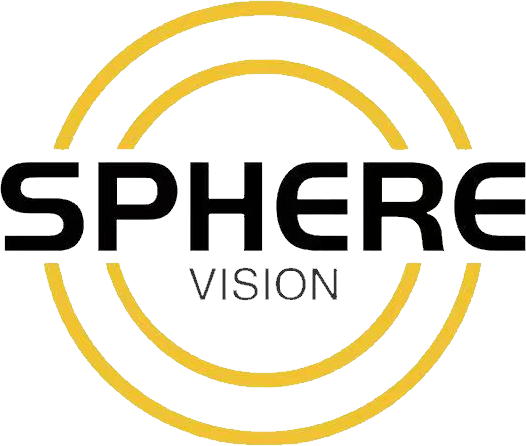Article 9: Understanding Pixel Pitch Differences and Maintenance for Spherical LED Displays
2025-08-27
6
1. What is Pixel Pitch in Spherical LED Displays?
Pixel pitch refers to the distance between the centers of two adjacent LED pixels. It is typically measured in millimeters (mm) and is a key factor that affects display resolution, clarity, and viewing distance.
1.1 Common Pixel Pitch Options
P1.5 – P2.5: High-resolution indoor displays suitable for close-up viewing. Ideal for interactive exhibitions and DJ booths.
P3 – P4: Medium resolution, often used in retail spaces and exhibition halls where viewers are slightly further away.
P5 – P10: Lower resolution, suitable for outdoor advertising and large installations viewed from a distance.
1.2 How Pixel Pitch Affects Image Quality
Smaller pixel pitch = higher density, sharper image, better for close-up observation.
Larger pixel pitch = lower density, good for distant viewing, reduces cost.
Choosing the right pixel pitch depends on installation size, viewing distance, and budget.
2. Maintenance Considerations for Spherical LED Displays
Maintaining a spherical LED display ensures consistent brightness, color accuracy, and longevity. Here are key tips:
2.1 Regular Cleaning
Use a soft, dry cloth to remove dust from the LED surface.
Avoid harsh chemicals that could damage LED lenses.
For larger installations, consider compressed air for hard-to-reach areas.
2.2 Module and Power Supply Checks
Inspect LED modules regularly for dead pixels or irregular brightness.
Check power supply units to ensure stable voltage; fluctuations can reduce lifespan.
2.3 Software Calibration
Regularly perform color and brightness calibration to maintain uniformity.
Advanced software can detect pixel anomalies and generate maintenance reports.
2.4 Handling Mechanical Stress
Spherical displays are often modular. Avoid excessive force when installing or removing panels.
Ensure supporting structures are stable to prevent bending or impact damage.
3. Common Issues and Troubleshooting
| Issue | Possible Cause | Solution |
|---|---|---|
| Dead Pixels | Module defect or damaged LED | Replace module or individual LEDs |
| Uneven Brightness | Power supply instability or aging LEDs | Check PSU, perform calibration |
| Display Flicker | Loose connections or voltage fluctuation | Secure wiring, replace PSU if necessary |
| Color Mismatch | Aging LEDs or improper calibration | Software calibration, replace aged modules |
4. Choosing the Right Pixel Pitch for Your Project
When planning a spherical LED display installation, consider:
Viewing Distance: Closer audiences need smaller pixel pitch.
Installation Environment: Indoor vs. outdoor, lighting conditions.
Content Type: High-detail videos require higher resolution.
Maintenance Accessibility: Modular design simplifies repairs.
Example:
A shopping mall installation: P2.5 for indoor close-up viewers.
Outdoor event stage: P5 or P6, designed for distant audience.
5. Conclusion
Understanding the pixel pitch differences and following proper maintenance practices are essential for maximizing the performance and lifespan of spherical LED displays. By selecting the appropriate pixel pitch and implementing regular maintenance, your spherical LED display can deliver stunning visuals, captivate audiences, and minimize costly repairs.
news
-
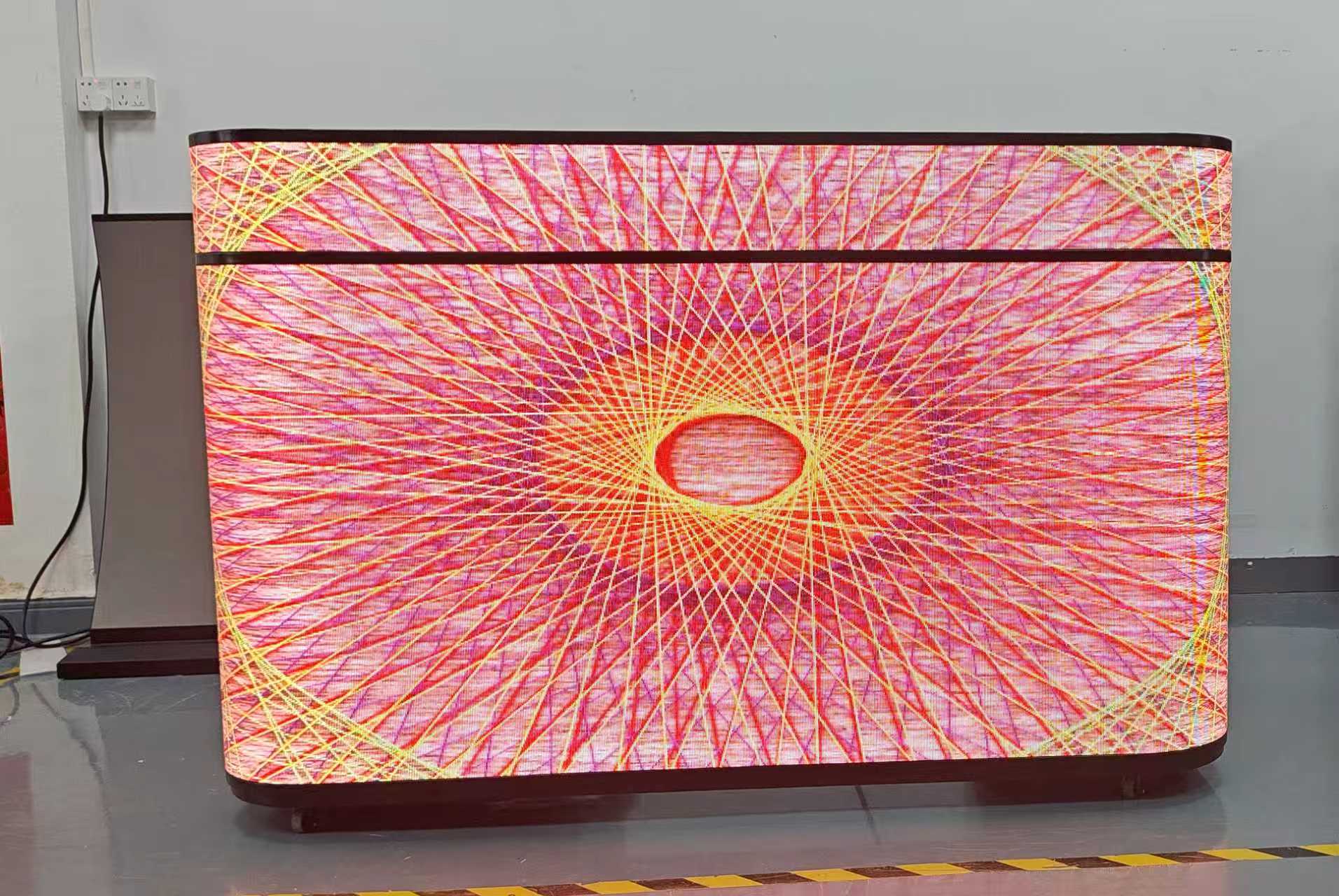
2025-08-29
Where Can an Outdoor LED DJ Booth Be Used?
-
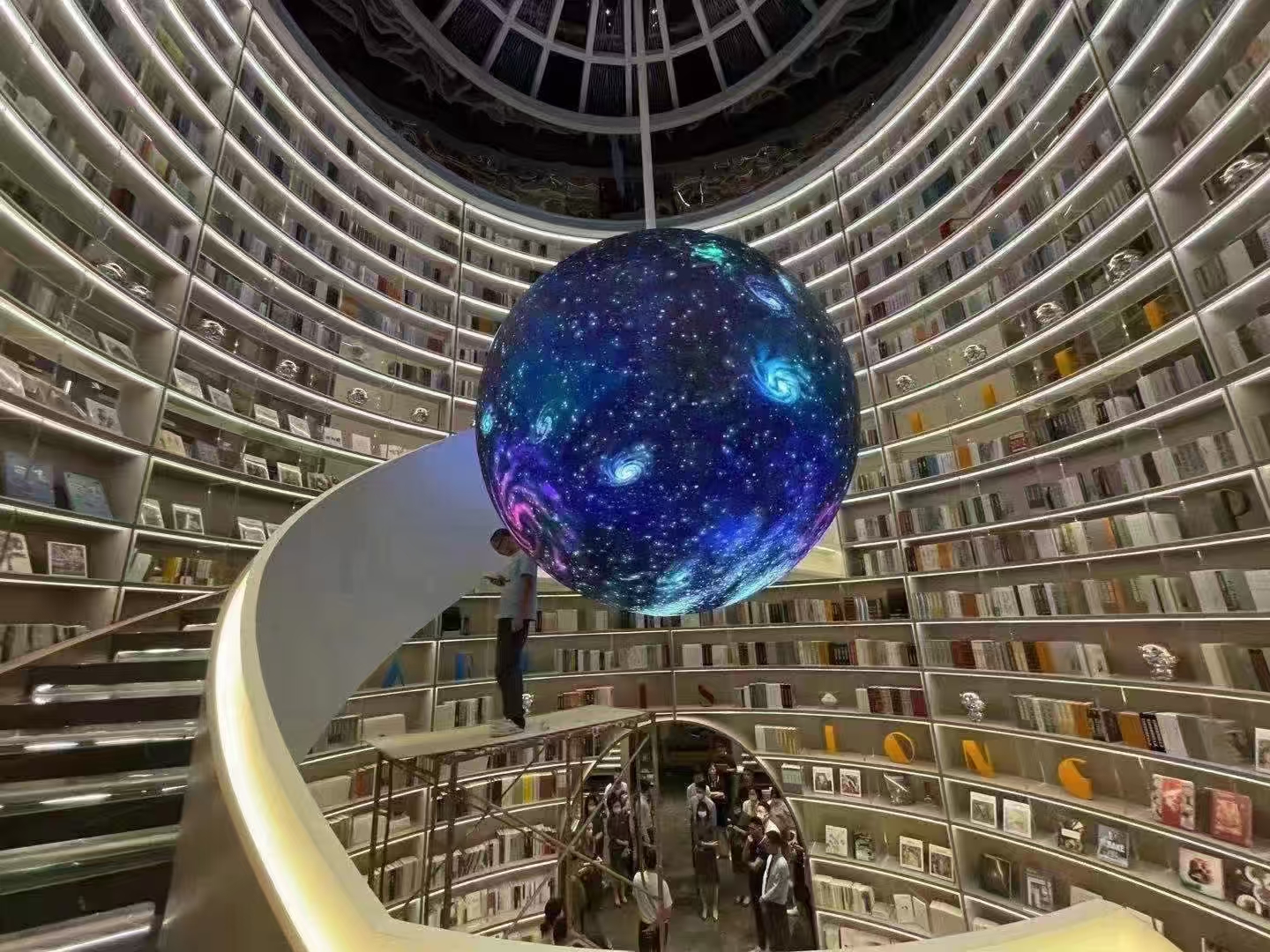
2025-08-27
Article 8: Understanding the Working Principle of Spherical LED Screens
-
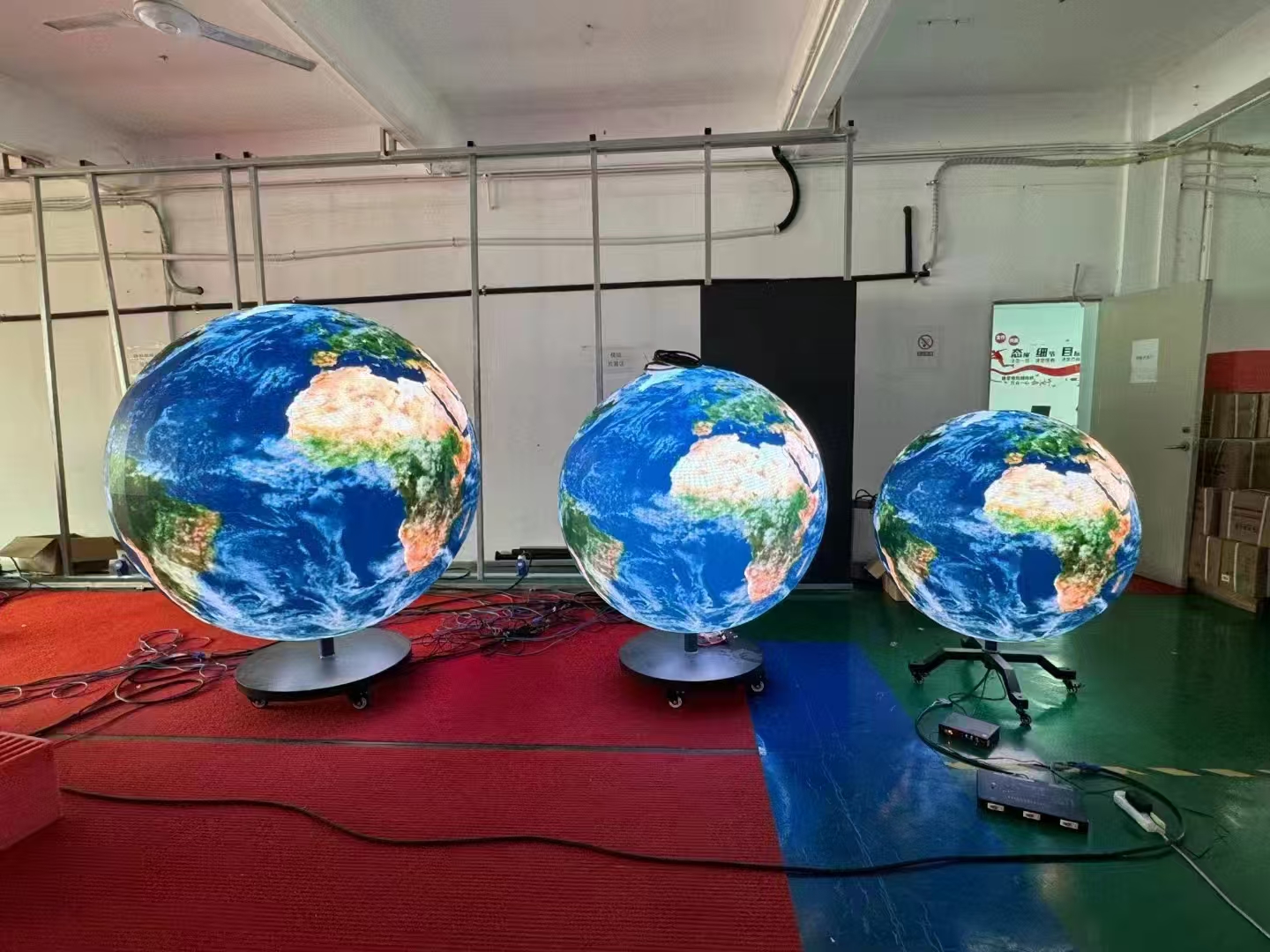
2025-08-27
Article 7: How Pixel Density Affects Spherical LED Screen Performance
-
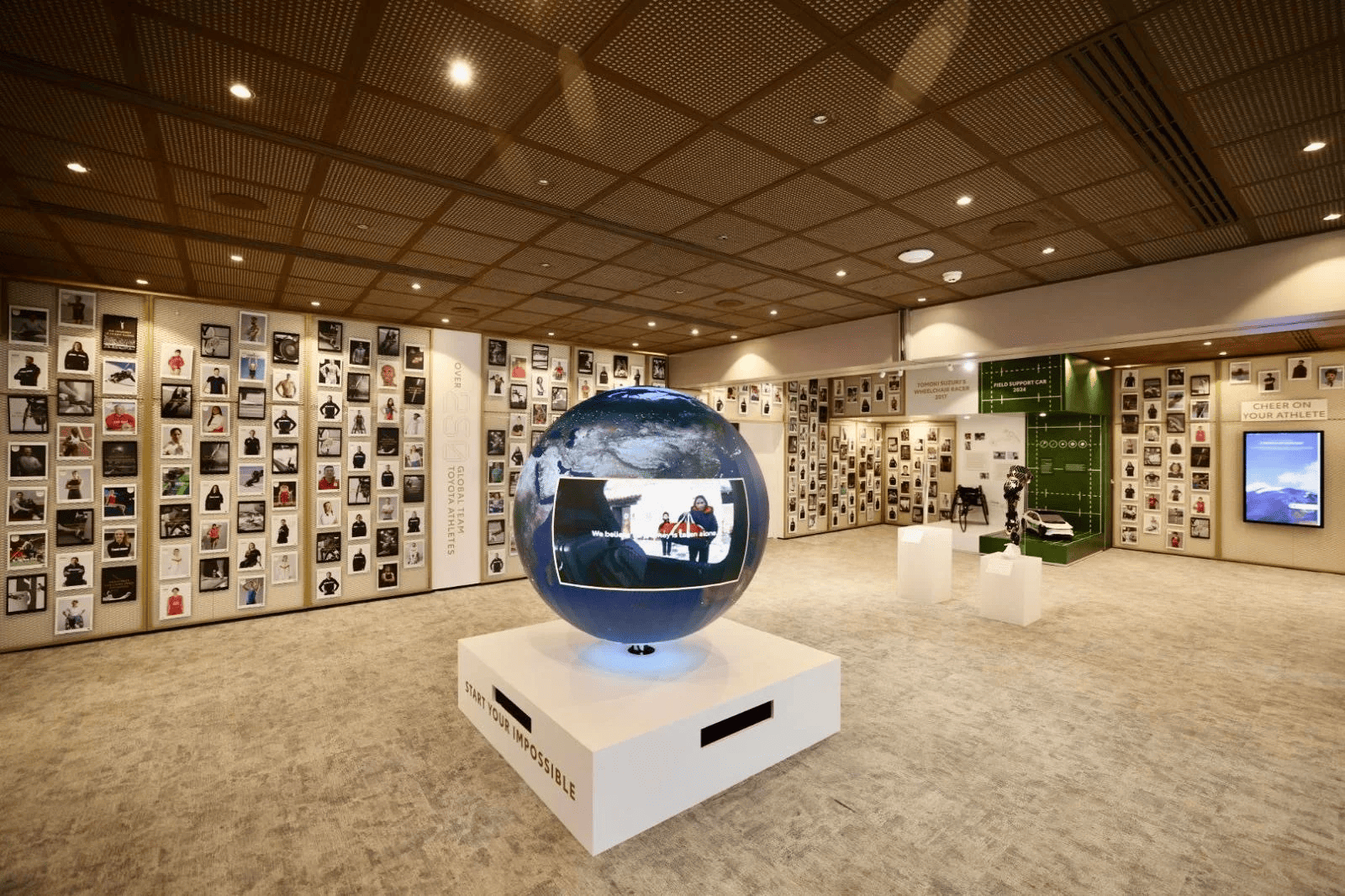
2025-08-27
Article 6: Comprehensive Maintenance Guide for Spherical LED Screens
-
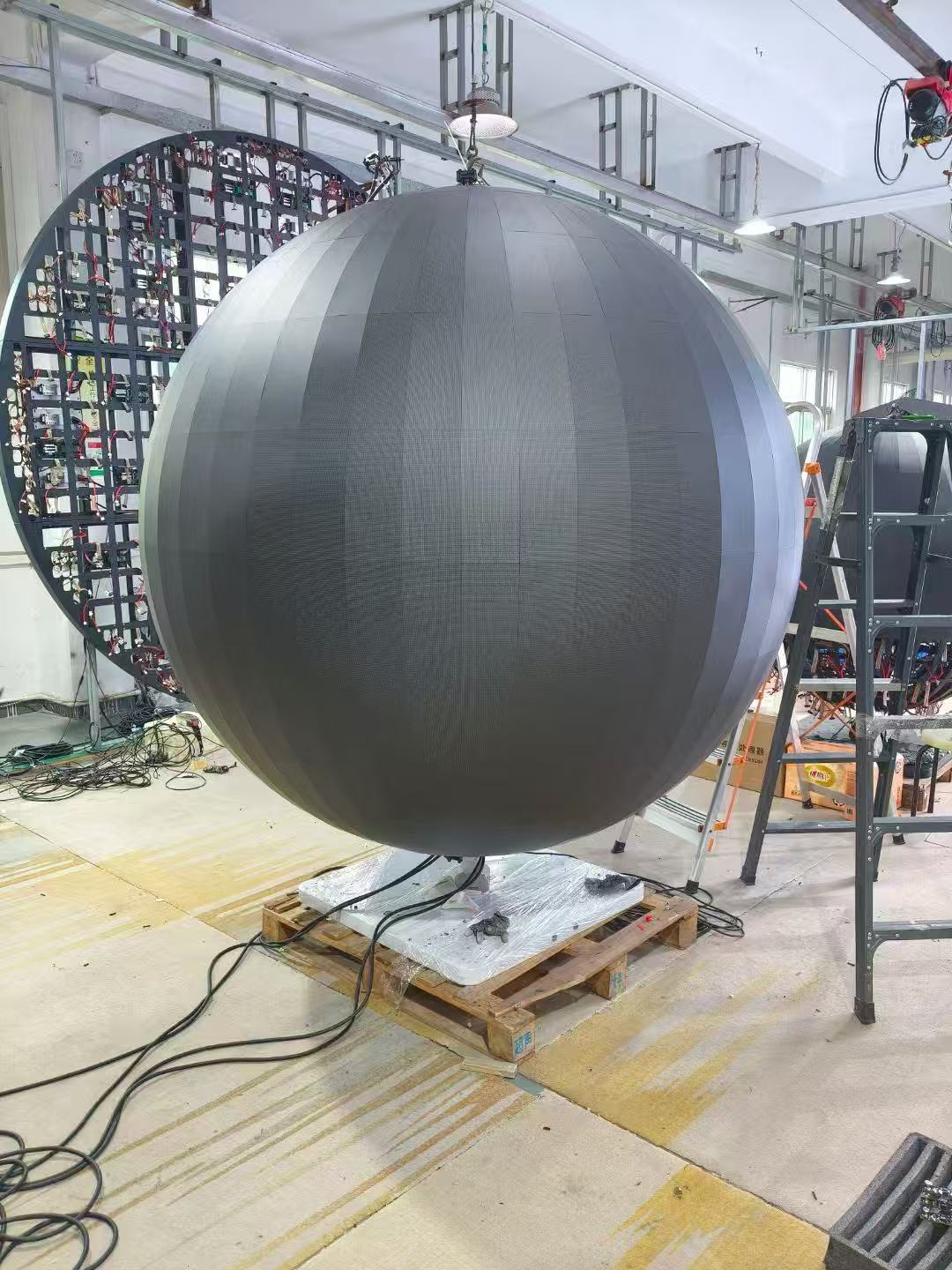
2025-08-27
Article 9: Understanding Pixel Pitch Differences and Maintenance for Spherical LED Displays
